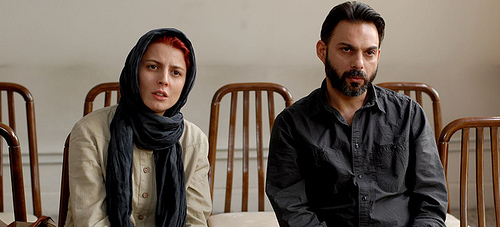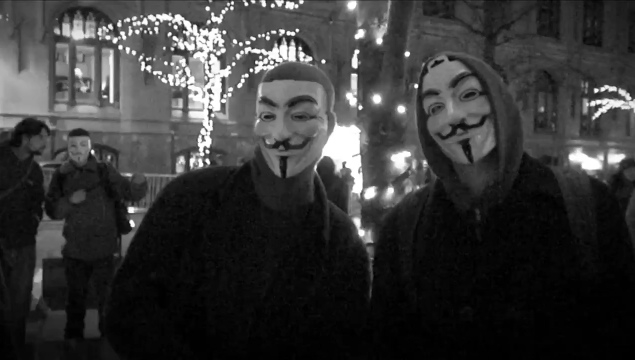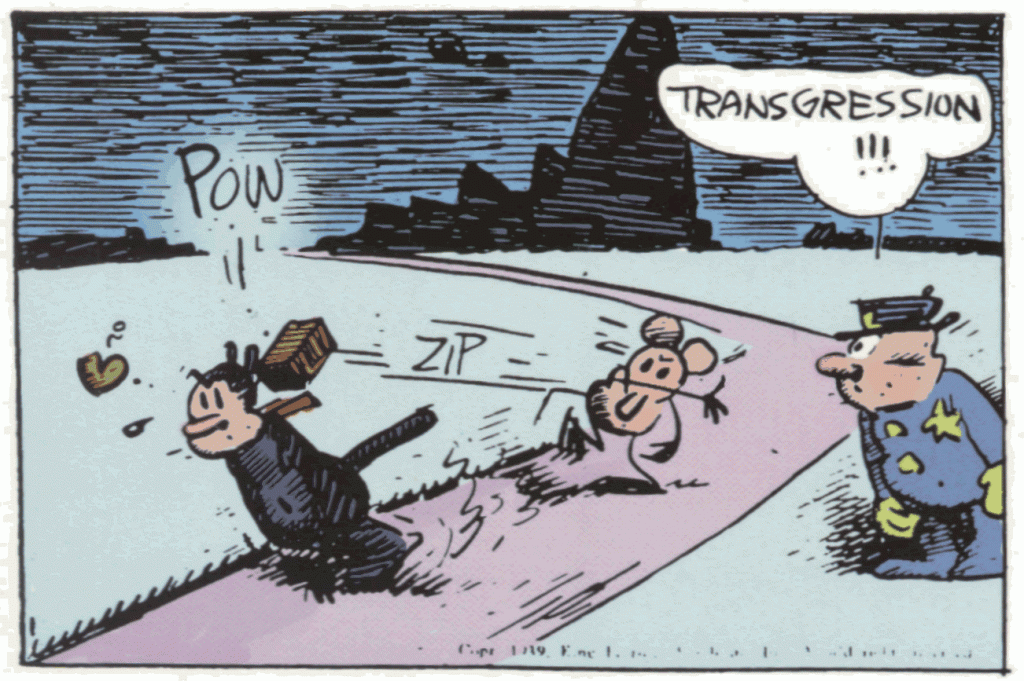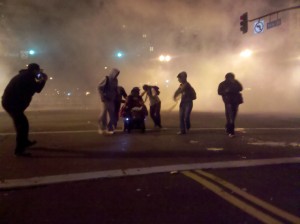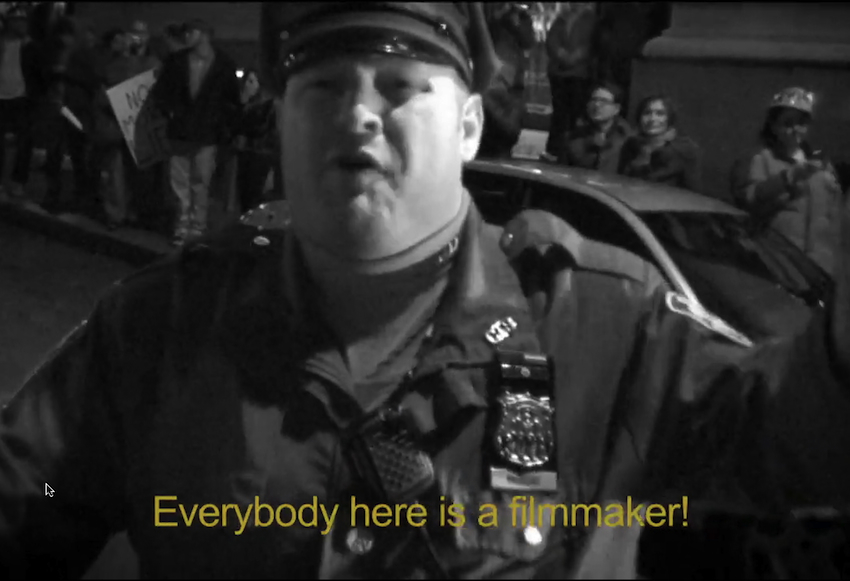So I’m waiting for a Direct Action meeting to begin–probably my single greatest category of time spent at OWS has been waiting. I’m talking to an Occupy friend about the movement, who says something to the effect that it’s been like a relationship–all buzzy and idealistic at first, more complicated and argumentative later. From the media perspective, of course, we’ve broken up already. Perhaps that’s why cultural work that interfaces politics with law and familial structure seems so relevant to me now.
When I saw the Motus refiguring of Antigone (Alexis. A Greek Tragedy), Antigone’s complex defiance of the law and her incredibly complex family were somewhat in the background because the company had spent years exploring Sophocles’s and Brecht’s versions of the theme. Watching Asghar Farhadi’s film A Separation (2011), though, these questions really can’t be avoided. Set in present-day (which is to say post-Green movement) Iran, A Separation shows a complex but open set of events that suggest a new form of spectatorship might be possible.
The very opening shot establishes this new problematic. At the end of the credits, the screen fills with a man and a woman arguing about a divorce. It becomes clear–as perhaps would be obvious to an Iranian audience–that they are debating in the presence of a judge as to how the divorce might be carried out. Simin (Leila Hatami) and Nader (Peyman Moaadi) cannot agree on their future: she wants to leave the country for an unspecified destination to improve the chances for their daughter Termeh (Sarina Farhadi), while he feels obligated to stay and care for his father, who has Alheizmer’s. As we watch the debate, our perspective is that of the judge before whom the hearing is being held, whom we hear but do not see. The screen, then, is the Law. But which law? The state law that requires both parties to agree to a divorce? The law of the (male) gaze that is held to structure narrative cinema? What kind of watching might be possible if legislated on the psychoanalysis that Judith Butler imagines as being derived from Antigone, rather than Oedipus?
Antigone, as Oedipus’s daughter and brother, is decidedly “postoedipal,” as Butler puts it, “caught in a web of relations that produce no coherent position within kinship.” Just as Butler shows that Antigone’s position has no singularity, in A Separation everyone tries to do the right thing, only to find that there is no single way to be right, that the law breaks down against itself. To take one resonant example, a subaltern woman named Razieh (Sareh Bayat) is employed to look after Nadar’s father after Simin leaves him. Perhaps confused by the change of circumstances, the old man soils himself and cannot (or will not) clean up. In her understanding of Islam, Razieh feels unable to look on a naked man other than her husband. She calls an authority–a rather interesting reconfiguration of the deus ex machina–who gives her permission, given the “urgency” of the situation. Here she fears god, her husband and her new employer in equal amounts.
The dilemma resonated with me in two ways. I once had a student who refused to look at images of naked bodies in a photography class for religious reasons. It turned out that she was a nurse and when I asked her what she did at work, she said that she imagined the bodies to be objects. Apparently this tactic did not operate in the classroom. Bemused, I found a workaround for her. In another context, we might recall the legend of Ham, cursed by God for seeing Noah’s nakedness. His “punishment” was to become “black.” This purported Biblical story was often used as a post-hoc justification for slavery.
In the context of Antigone, it resonates twice. Oedipus cursed Polyneices that he would not be buried with honor, a curse that further entailed Antigone’s claim to autonomy from law, when she buries her brother’s body, resulting in her own death. Antigone dies for a brother: but which one? In the story of Ham, God is Noah’s father–but also Ham’s, making them in a sense brothers. Ham’s “reckless eyeballing,” to use the Jim Crow term, is the alleged origin of the “social death” of slavery. A farmer named Matt Ingram was convicted of “reckless eyeballing” in North Carolina–in 1951. A white woman had not liked the way he looked at her from the distance of sixty-five feet. In Abu Ghraib prison at the time of the scandals, US guards yelled at the detainees: “Don’t eyeball me.” The law does not like to be looked at, it prefers to look.
Towards the end of A Separation, for reasons that I can’t go into without giving away the whole plot, the middle class family leave Razieh’s house to stare in horror at the screen. A cut shows them inside their car with a smashed windscreen. Suffice to say that all concepts of the law have been challenged by the pervasive interference of the state apparatus, the intransigence of multiple and divergent familial constraints and the uneven but thoroughgoing effects of the financial crisis. In the post-Green movement moment, gently but noticeably referenced in Nadar’s insistence on getting “change,” the final question of the film remains unanswered. It’s not as simple as breaking up, it’s not possible to go back to the way it was. We can’t go on. We’ll go on.

